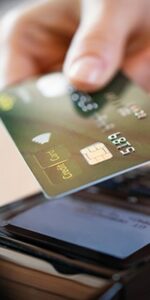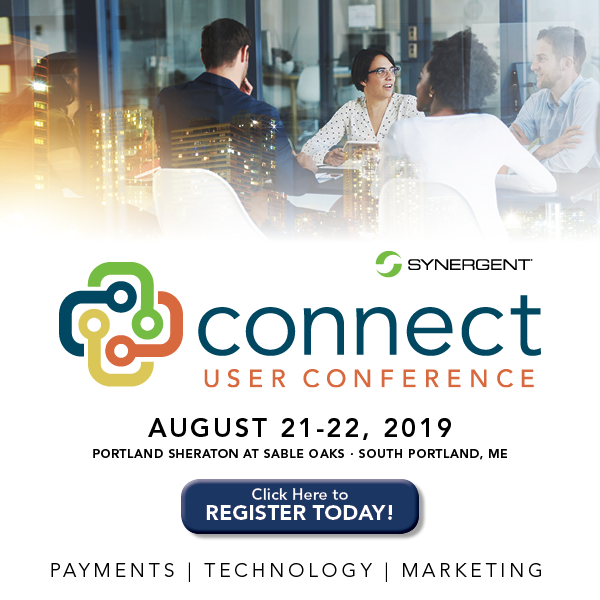 Although the United States is far behind most of the developed world when it comes to contactless payments, the race to catch up is on. With nearly all major credit card issuers offering contactless cards—and with the supply of EMV chips and the capacity to produce them in decline—it’s time for credit unions to plan their entry into issuing contactless plastics if they are not already.
Although the United States is far behind most of the developed world when it comes to contactless payments, the race to catch up is on. With nearly all major credit card issuers offering contactless cards—and with the supply of EMV chips and the capacity to produce them in decline—it’s time for credit unions to plan their entry into issuing contactless plastics if they are not already.
Every day, Synergent works with credit unions like yours across the United States. Receiving feedback, we put together a list of the most commonly asked questions that we are hearing to help you in your planning and in staying up to date on the latest in contactless cards.
How does a contactless card work?
Contactless cards use the same secure encryption methodology as an EMV card, along with an added layer of convenience for the member, providing for a contactless transaction. The cards use radio-frequency identification (RFID) technology, have a high-powered EMV chip/antenna, and utilize Near-Field Communication (NFC). The same remote payment technology is used for mobile wallets.
Are contactless cards safe?
Using the same secure encryption methodology as EMV, contactless payments are as safe as dipping the card into a card reader. The card sends the reader a one-time code, or token with information that doesn’t expose actual account details. The next time a purchase is made, it will send a different code.
Where can the card be used?
Contactless cards can be used anywhere that accepts Visa or MasterCard. The card can be used for transactions at any terminal: insert, tap, swipe, or key entry.
What is the member experience with a contactless card?
Paying with a contactless card is faster and easier than paying by cash or by chip and PIN, leading to a faster checkout experience. It is estimated that a contactless transaction can be completed within 15 seconds and work twice as fast as a normal transaction.
How does a contactless transaction route?
The merchant’s routing will not change. The transaction will continue to route across the same payment networks as today. The transaction process works the same as for transactions generated by The Pays (i.e., Apple Pay, Samsung Pay, Google Pay).
How will contactless cards impact the credit union’s interchange?
The interchange rates for contactless transactions are the same as card present contact transactions. A lot of the contactless volumes come from Merchant Category Codes that tend to have higher signature rates, such as fast food and other small ticket items. It would be expected that a credit union would see overall increased volume, as most contactless payments are less than $25, in a transaction amount usually dominated by cash.
Does the credit union have to mass reissue the cards when implementing contactless?
No, contactless cards can be distributed through the natural reissue process, or the credit union can choose to mass reissue.
What are important considerations as I evaluate contactless?
Credit unions should evaluate and make sure you have enough stock to last through the implementation process.
- Consider a plan for how to manage leftover stock. (Does your credit union want to destroy the leftover cards, or hold the live date until all current plastics are used?)
- Is your credit union thinking about a new card design? This is a good time to make those changes.
- Member communication:
- Review the verbiage on card carriers. Is there anything that needs to be changed?
- Does your credit union want to provide an additional insert to go with the cards, or is the message on the card carrier sufficient?
- Create a plan for the test phase. Credit unions will undergo a “Friends and Family” stage for testing. Understanding your credit union’s capacity to complete that testing helps move this along.
- Instant issue users should consider when to upgrade existing equipment to accommodate contactless plastics. Credit unions should reach out to their instant issue vendor to discuss timelines and costs.
Get Started
Want to get started with contactless cards? Please contact us with any questions you may have.

